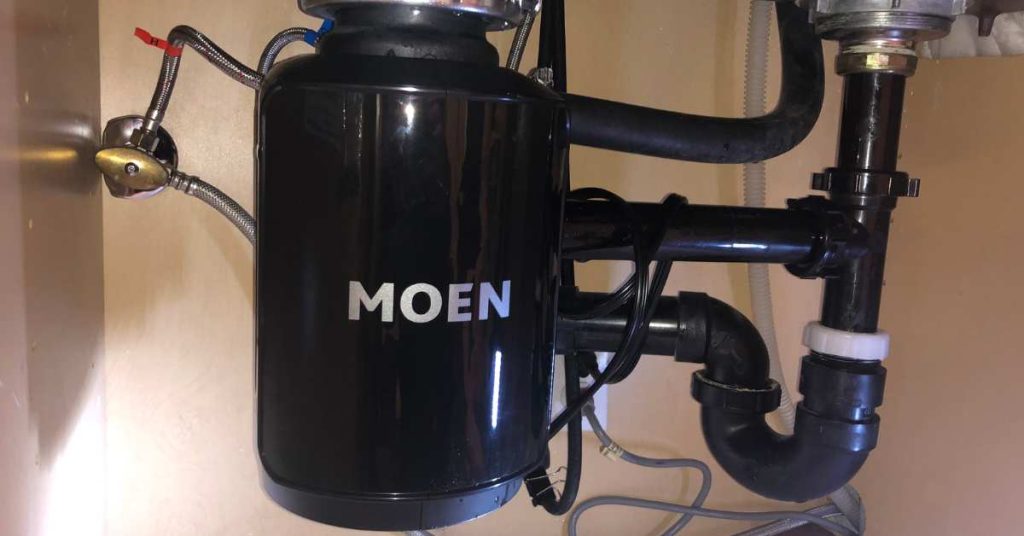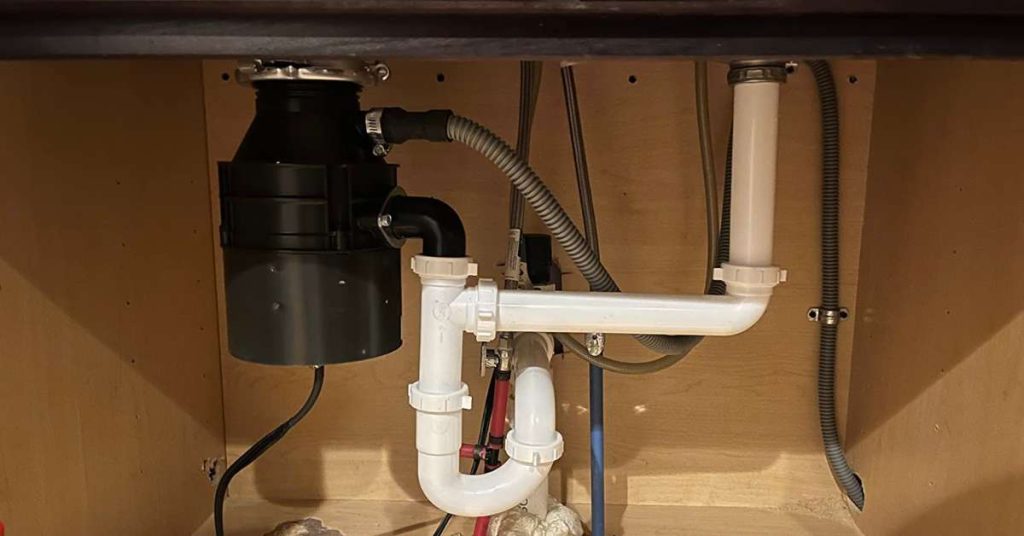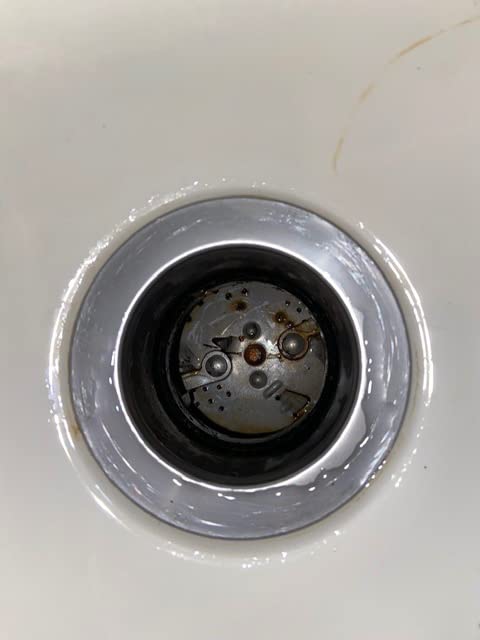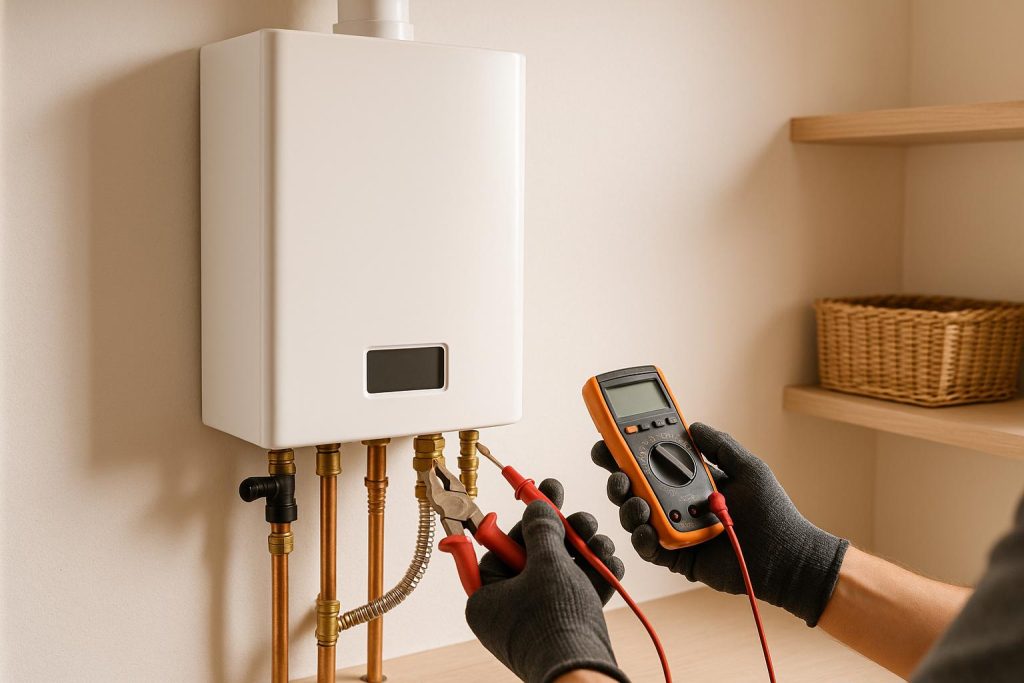Your garbage disposal is a silent hero in your kitchen, working tirelessly to dispose of food waste and keep your sink clean and odor-free. Yet, despite its importance, many homeowners overlook the need for regular maintenance, leading to costly repairs and premature replacements. In this article, we’ll delve into the dos and don’ts of garbage disposal care, providing you with practical advice to ensure your unit remains in top-notch condition for years to come.

Why Preventative Maintenance Matters
Regular maintenance is the key to extending the lifespan and efficiency of your garbage disposal. By taking proactive steps to care for your unit, you can prevent costly breakdowns and avoid unpleasant odors in your kitchen. Neglecting maintenance can lead to clogs, dull blades, and malfunctioning components, all of which can disrupt your daily routine and necessitate expensive repairs. Investing time in preventative maintenance now can save you both time and money down the road, while also reducing your environmental impact by keeping your disposal running smoothly.
To illustrate the importance of preventative maintenance, consider the analogy of a car. Just as you wouldn’t neglect routine oil changes and tire rotations, you shouldn’t overlook the maintenance needs of your garbage disposal. Like a well-oiled machine, your disposal requires regular care and attention to continue operating at peak performance. By incorporating preventative maintenance into your household routine, you can avoid the inconvenience and expense of emergency repairs, allowing you to enjoy hassle-free operation and peace of mind in your kitchen.
Know Your Garbage Disposal

Before diving into maintenance tips, it’s essential to familiarize yourself with the inner workings of your garbage disposal. Understanding how your unit operates can help you identify potential issues and perform maintenance tasks more effectively. A typical garbage disposal consists of a grinding chamber, impellers or blades, a motor, and a flywheel.
When you turn on the disposal, the motor activates the flywheel, which spins the impellers or blades to grind food waste into tiny particles. These particles then flow through the drain pipes and into your wastewater system, ultimately ending up at the sewage treatment plant. By knowing the basic components of your garbage disposal, you can troubleshoot problems and perform maintenance tasks with confidence.
Dos and Don’ts of Using Your Garbage Disposal

Your garbage disposal is a valuable appliance in your kitchen, helping to keep your sink clear of food waste and reducing the risk of clogs. However, using it improperly can lead to costly repairs and even damage to your plumbing system. To ensure your garbage disposal remains in top condition, follow these dos and don’ts:
Dos
- Do Run Cold Water: Always run cold water while using your garbage disposal. The cold water helps solidify any grease or oil present in the food waste, making it easier for the disposal to break down and flush away.
- Do Cut Food into Small Pieces: Before putting food waste into the disposal, cut it into small pieces. This helps prevent large chunks of food from getting stuck in the blades and causing jams.
- Do Use Citrus Peels: Citrus peels, such as those from lemons or oranges, can help clean and deodorize your garbage disposal. Simply grind them up in the disposal to freshen it up.
- Do Use Cold Water After Grinding: After you’ve finished grinding food waste, continue to run cold water for a few seconds to help flush any remaining particles through the drain pipes.
- Do Use Ice Cubes: Grinding ice cubes in your garbage disposal helps sharpen the blades and break up any residue or buildup on them. It’s an easy and effective way to maintain your disposal’s performance.
- Do Regular Maintenance: Perform regular maintenance on your garbage disposal, such as cleaning it and checking for leaks or unusual noises. This can help prevent problems before they occur and extend the lifespan of your appliance.
Don’ts
- Don’t Pour Grease or Oil Down the Drain: Grease, oil, and fats should never be poured down the drain, as they can solidify and cause clogs in your pipes and garbage disposal.
- Don’t Put Fibrous Foods Down the Disposal: Avoid putting fibrous or stringy foods like celery, corn husks, or onion skins down the disposal. These can wrap around the blades and cause jams.
- Don’t Overload the Disposal: Only put small amounts of food waste into the disposal at a time. Overloading it can strain the motor and lead to jams or burnout.
- Don’t Use Hot Water: While cold water is beneficial for solidifying grease and oil, hot water can melt them, potentially causing them to coat the blades and pipes and leading to clogs.
- Don’t Use Harsh Chemicals: Avoid using harsh chemical drain cleaners in your garbage disposal, as they can damage the blades and other components. Opt for natural cleaning methods instead.
The Best Way to Clean a Garbage Disposal

Maintaining a clean garbage disposal is essential for preventing odors, clogs, and other issues that can arise from food residue buildup. Fortunately, cleaning your disposal is a straightforward task that can be done using simple household items. Follow these steps to effectively clean your garbage disposal:
- Gather Your Supplies: Before you begin, gather the following supplies:
- Baking soda
- White vinegar
- Ice cubes
- Citrus peels (optional)
- Soft-bristle brush or old toothbrush
- Turn Off the Power: For safety purposes, start by turning off the power to the garbage disposal. Locate the circuit breaker that controls the disposal and switch it off to prevent any accidental activation while you’re cleaning.
- Clean the Visible Parts: Use a soft-bristle brush or an old toothbrush to clean the visible parts of the garbage disposal, including the rubber splash guard and the underside of the rubber flaps. Scrub away any food residue or buildup, paying extra attention to crevices and corners.
- Deodorize with Baking Soda and Vinegar: Pour half a cup of baking soda into the disposal, followed by one cup of white vinegar. Allow the mixture to fizz and bubble for a few minutes. Baking soda helps neutralize odors, while vinegar acts as a natural disinfectant, killing bacteria and breaking down grease and grime.
- Freshen with Citrus Peels (Optional): For an extra burst of freshness, add citrus peels to the disposal. Cut a lemon, lime, or orange into small pieces and place them in the disposal. Turn on the water and run the disposal to grind up the citrus peels, releasing their natural oils and fragrance.
- Sharpen the Blades with Ice Cubes: Drop a few ice cubes into the disposal and turn it on. The ice cubes help sharpen the blades and break up any residue or buildup on them. As the ice cubes are ground up, they also help flush away loosened debris, leaving the disposal clean and clear.
- Flush with Cold Water: After you’ve finished cleaning and deodorizing the garbage disposal, run cold water for a few seconds to flush away any remaining particles. Cold water helps solidify grease and oil, preventing them from sticking to the blades and pipes.
- Reconnect Power and Test: Once you’ve completed the cleaning process, return power to the garbage disposal by flipping the circuit breaker back on. Test the disposal to ensure it’s functioning properly and that there are no unusual noises or vibrations.
How to Prevent a Smelly Garbage Disposal

A smelly garbage disposal can quickly turn your kitchen into an unpleasant environment. Fortunately, with proper care and maintenance, you can prevent odors from developing and keep your disposal smelling fresh. Follow these simple steps to prevent a smelly garbage disposal:
- Regular Cleaning Routine: Establish a regular cleaning routine for your garbage disposal to prevent food residue and bacteria from accumulating. Once a week, pour a mixture of baking soda and vinegar down the disposal, followed by hot water. This will help break down grease and eliminate odor-causing bacteria.
- Use Citrus Peels: Citrus peels, such as those from lemons, limes, or oranges, can help freshen up your garbage disposal naturally. Cut the citrus peels into small pieces and grind them in the disposal while running cold water. The citrus oils will help neutralize odors and leave a refreshing scent behind.
- Avoid Putting Certain Foods Down the Disposal: Certain foods can contribute to unpleasant odors in your garbage disposal. Avoid putting items like onion skins, eggshells, and coffee grounds down the disposal, as these can create foul smells as they break down.
- Flush with Cold Water: After using the garbage disposal, always run cold water for at least 15-30 seconds to flush away any remaining food particles. Cold water helps solidify grease and oil, preventing them from sticking to the blades and pipes and reducing the risk of odors.
- Use Ice Cubes: Grinding ice cubes in your garbage disposal can help clean and sharpen the blades, removing any buildup that may be contributing to odors. Drop a few ice cubes into the disposal and run it with cold water for a few seconds to freshen it up.
- Keep it Dry: Moisture can contribute to the growth of bacteria and mold in your garbage disposal, leading to unpleasant odors. After using the disposal, wipe down the rubber splash guard and any visible parts with a clean, dry cloth to remove any excess moisture.
- Regular Maintenance: Perform regular maintenance on your garbage disposal to keep it running smoothly and prevent odors. Check for leaks, unusual noises, or signs of wear and tear, and address any issues promptly to avoid more significant problems down the line.
How to Avoid a Clogged Garbage Disposal:
Dealing with a clogged garbage disposal can be a major inconvenience, causing disruptions to your kitchen routine and potentially leading to costly repairs. Fortunately, by following some simple guidelines, you can prevent clogs and keep your disposal running smoothly. Here are several tips to help you avoid a clogged garbage disposal:
- Watch What You Put Down the Disposal: One of the most effective ways to prevent clogs is to be mindful of what you put down your garbage disposal. Avoid putting fibrous or stringy foods like celery, corn husks, and onion skins down the disposal, as these can wrap around the blades and cause jams. Additionally, avoid putting hard items like bones, fruit pits, and coffee grounds down the disposal, as these can damage the blades and lead to clogs.
- Cut Food into Small Pieces: Before putting food waste into the disposal, cut it into small pieces to make it easier for the blades to grind up. Large chunks of food can overwhelm the disposal and increase the risk of clogs. Take the time to chop up food waste into smaller pieces before putting it down the disposal.
- Run Cold Water While Using the Disposal: Always run cold water while operating your garbage disposal. Cold water helps solidify any grease or oil present in the food waste, making it easier for the blades to chop up and preventing them from becoming coated with sticky residue. Keep the water running for at least 15-30 seconds after you’ve finished using the disposal to help flush away any remaining particles.
- Avoid Overloading the Disposal: Only put small amounts of food waste into the disposal at a time to avoid overloading it. Trying to grind too much food waste at once can overwhelm the disposal and increase the risk of clogs. Feed food waste into the disposal gradually, allowing the blades to effectively chop and grind it up.
- Use Ice Cubes for Maintenance: Regular maintenance can help prevent clogs and keep your garbage disposal running smoothly. One maintenance tip is to grind ice cubes in the disposal periodically. The ice cubes help sharpen the blades and remove any buildup or residue that may be contributing to clogs. Simply drop a few ice cubes into the disposal and run it with cold water for a few seconds to help clean and maintain the blades.
- Regularly Clean and Maintain the Disposal: Establish a regular cleaning and maintenance routine for your garbage disposal to prevent clogs and keep it in top condition. Use a mixture of baking soda and vinegar to clean the disposal and neutralize odors, and periodically check for leaks, unusual noises, or signs of wear and tear. Address any issues promptly to avoid more significant problems down the line.





